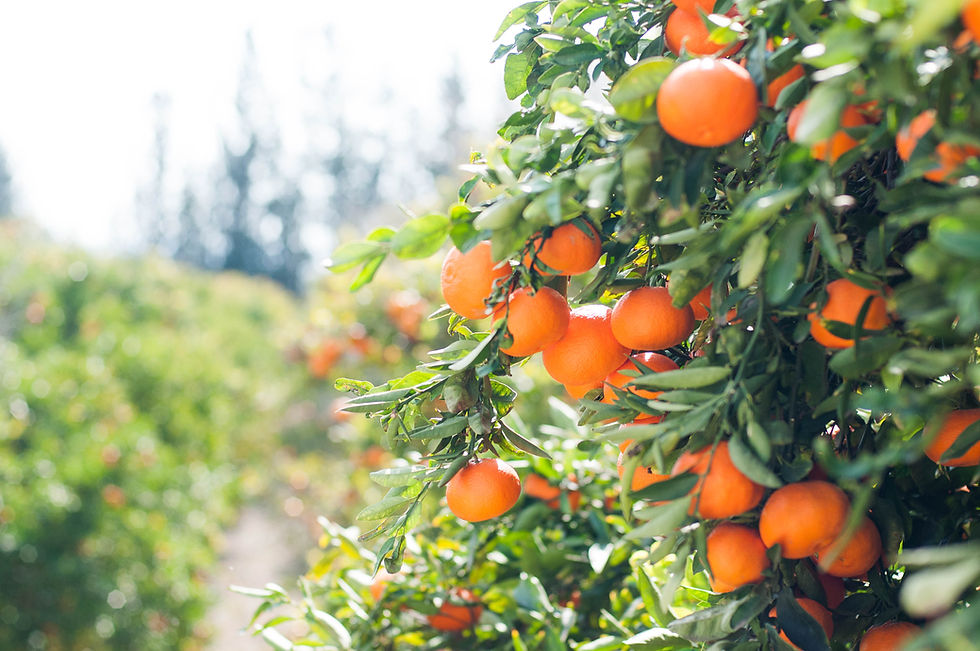Turning Food Deserts into Bountiful Havens: The Role of Regenerative Farming
- Anna Zefferys

- Jun 15, 2023
- 1 min read
For many individuals and families across the United States, accessing fresh, nutritious food is a struggle, a stark reality that is striking in a country known for its agricultural abundance. These areas, known as food deserts, are all too common in both urban and rural landscapes. However, an emerging agricultural practice, regenerative farming, offers a promising solution to this problem.

Regenerative farming, an approach that prioritizes soil health, biodiversity, and ecological resilience, has the potential to transform barren landscapes into flourishing food havens. Unlike conventional farming practices, which often degrade the soil and reduce its fertility, regenerative farming aims to revitalize the land, increasing its productivity and longevity. By improving soil health, we can increase crop yields, providing more fresh produce for local communities.
For communities residing in food deserts, local regenerative farms could be the difference between limited access to healthy foods and having a reliable source of fresh produce. Not only does this address immediate food security concerns, but it also fosters self-sufficiency and resilience within these communities in the long term.
The transformation of a food desert into a food haven is more than just an environmental victory. It's a community success. It means more local jobs, stronger local economies, and healthier, more vibrant communities. It means that every family, regardless of their income or where they live, has the opportunity to nourish themselves with fresh, healthy food.
Regenerative farming is more than a method of growing food; it's a tool for social justice, a means to eliminate food deserts, and a pathway to community resilience.
Read more about the Thriving Communities' focus on Regenerative Farming.






